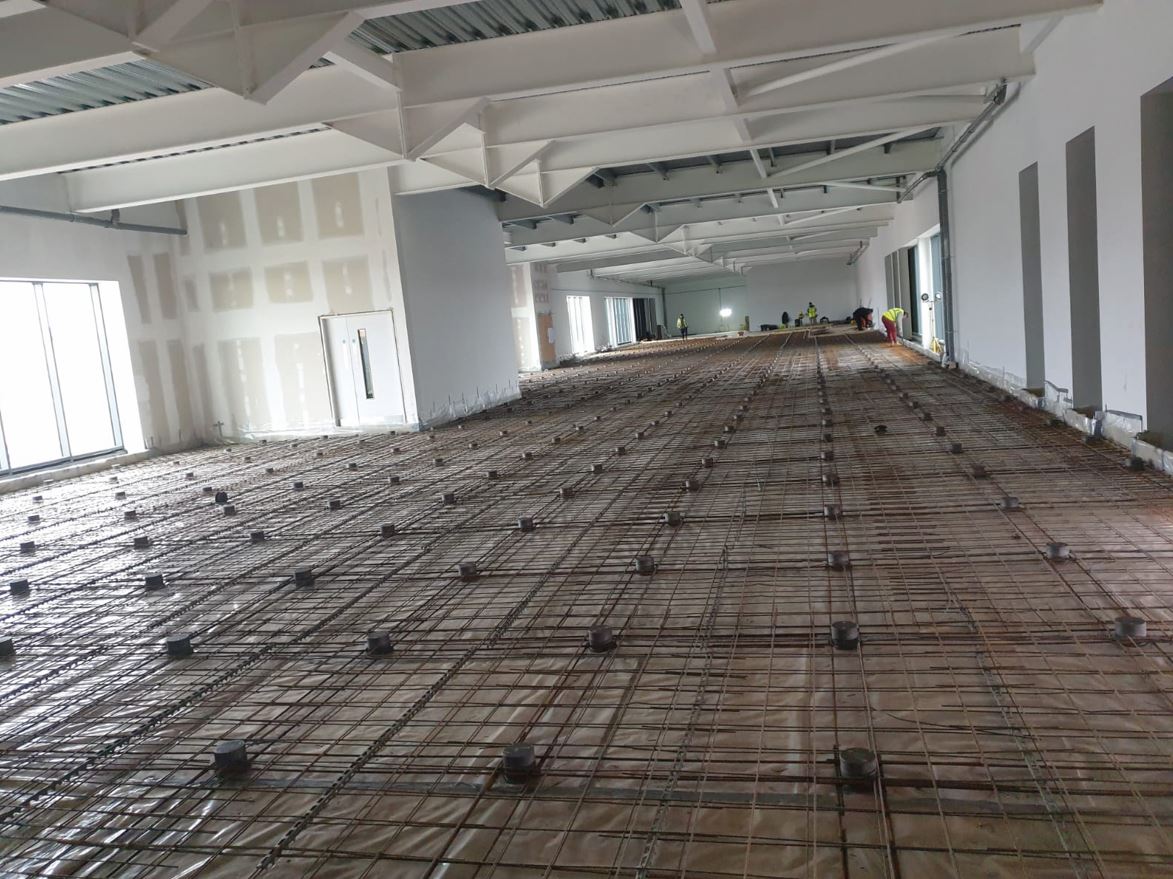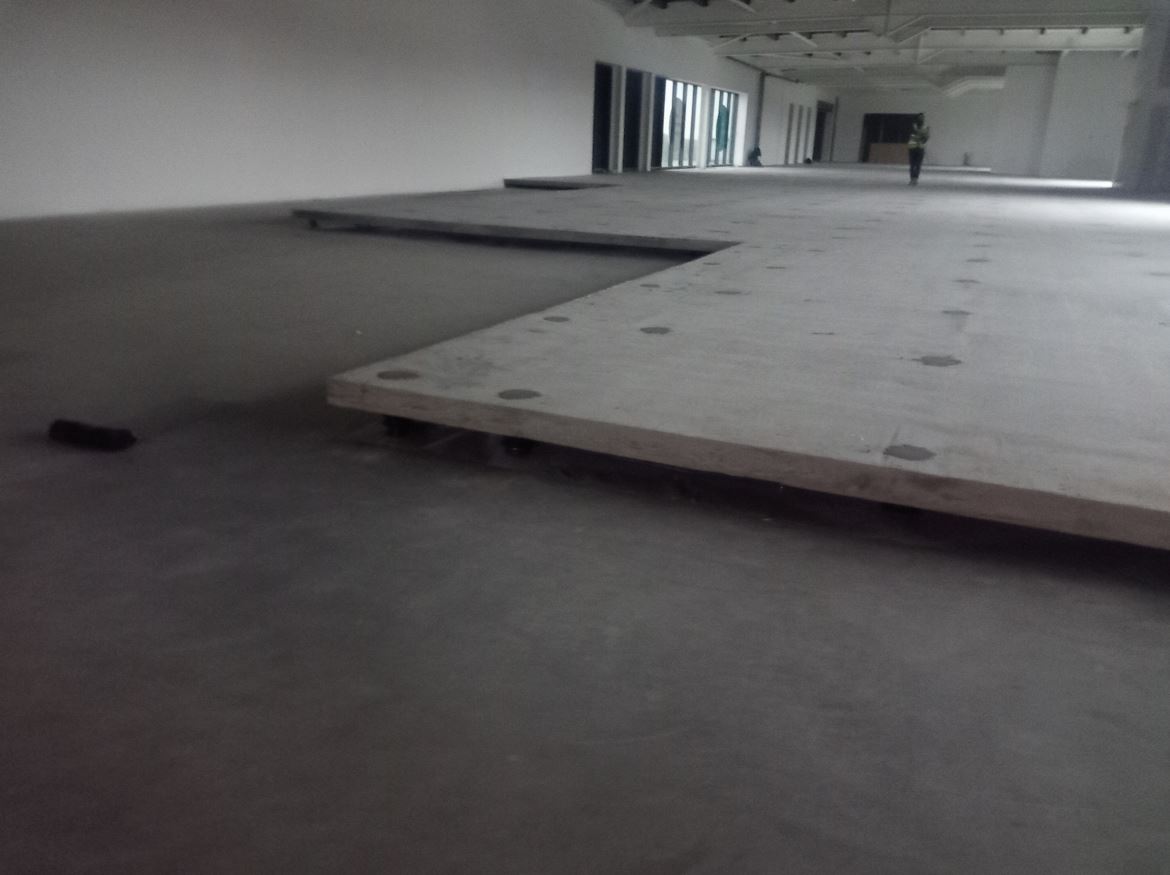
Floating floors can help ease the problems of noise and vibration in gyms, particularly free weight areas, says Steve Hart, director at vibration control specialist Mason UK.
Gyms have problems with acoustic isolation due to both their activities and equipment which generate significant vibration. Weight drops are especially problematic because the impact caused by a weight drop produces low frequency, high energy pulses. Without the correct acoustic treatment, this energy will pass into the building’s structure and is likely to disturb other building users, below, above or adjacent to the gym. The solution is often to install a floating floor, which serves to interrupt this transmission path by raising the floor on spring or rubber isolators. Once ‘jacked up’, the system provides an air gap between the floor and the underlying structure. The system was designed by Norm Mason in the 1960s, founder of Mason Industries, to accommodate the vibration generated by elephants in a TV studio. Today, they are installed in a wide range of facilities where vibration is a potential problem, from bowling alleys to dance studios.
importance of testing
Pure Gym wanted to ensure their gym at Bicester Business Park had the correct floating floor to attenuate energy passing into the building’s structure. The gym was located on the first floor above restaurants and shops. Although simple elastomer isolators might have attenuated noise in the gym itself, they would not prevent the low frequency, high energy pulses of the weight drops passing into the building’s structure. Instead, a large floating floor system supported on springs was needed. In any project of this kind, the first step is establishing the correct acoustic solution respecting the building from a structural and architectural perspective and providing sufficient isolation for any vibration-generating activities. We have extensively researched the performance of floating floors, both in-house and in partnership with engineering consultancy Hoare Lea and the University of Salford. Working with acoustic consultant RBA, we determined the performance requirements of the floating floor for Pure Gym before designing and installing a floor to meet the specification.
overcoming the challenges
In an ideal world, a floating floor is installed during the construction of the building. On this occasion, the base build contractor had completed the building shell. Pure Gym’s agreement with the developer required the floating floor to be installed before the fit out contractor came to site. As the structure was already complete, the building maintenance team removed the first floor window allowing the materials and equipment to be craned lifted to the first floor, including 5m long sheets of reinforced mesh. The installation of the 800sq m floating floor then got underway and was completed in just three weeks. Whether you are converting an office block to a gym or building a new facility, it’s almost inevitable you will need to involve engineers with expertise in vibration isolation in your project. For a free weights area like that at Pure Gym, a jack-up floating floor with springs is the optimal solution.
